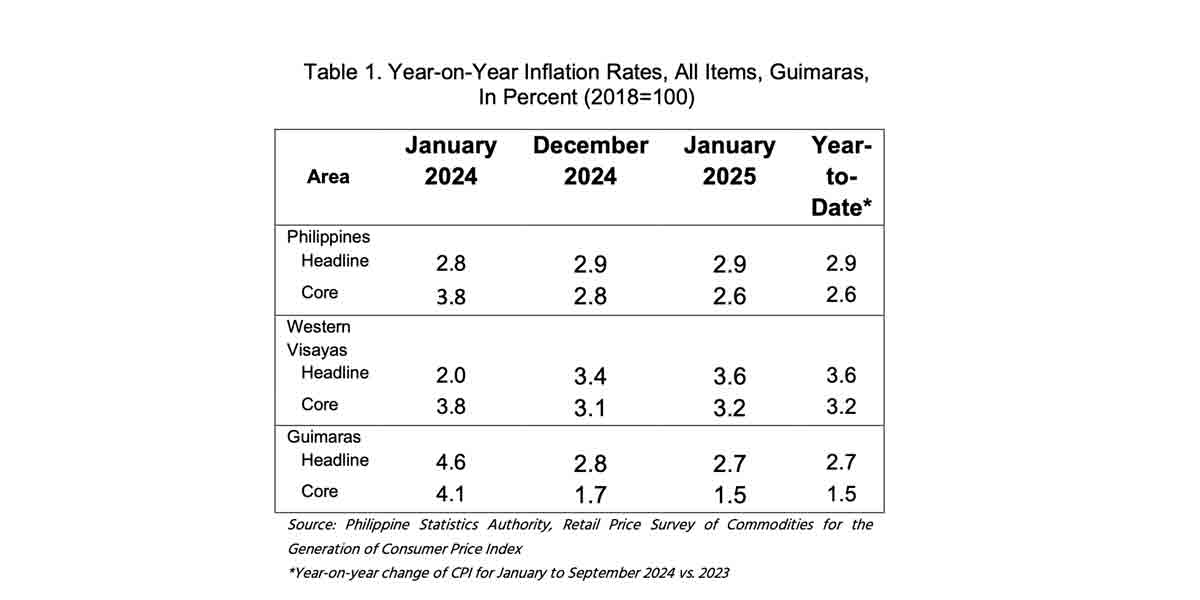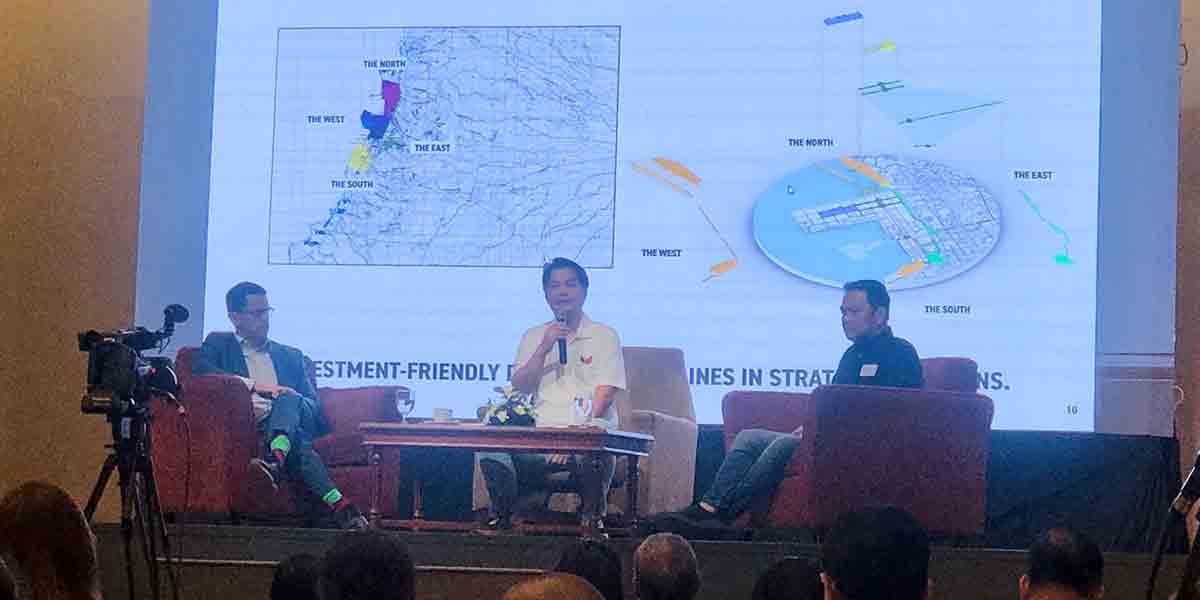By Francis Allan L. Angelo
In a landmark decision that reshapes Philippine fisheries governance, the Supreme Court has upheld a lower court ruling that invalidates key provisions of the Fisheries Code restricting commercial fishing operations within municipal waters.
The High Court’s resolution in G.R. No. 270929, dated August 19, 2024, affirms a December 11, 2023 Regional Trial Court (RTC) decision that declared several sections of Republic Act 8550, as amended by RA 10654, unconstitutional.
The ruling effectively removes the 15-kilometer municipal water limit that has long protected small-scale fishers from commercial fishing operations.
The case, filed by Mercidar Fishing Corporation (MFC), challenged the constitutionality of provisions that gave local government units (LGUs) jurisdiction over municipal waters.
The RTC ruled that these provisions violated the doctrine of constitutional supremacy, as municipal waters are natural resources owned by the State and should be regulated by national government agencies rather than local authorities.
“The Constitution provides that municipal water is a natural resource that is owned by the State, and the authority over such country’s natural resources is vested and delegated by the Constitution to the concerned national government agency, not with the LGUs,” the RTC ruled in its December 2023 decision, which the Supreme Court has now upheld on November 7, 2024.
The ruling specifically invalidates Section 4(66), Section 16, Section 17, and Section 18 of RA 8550, along with related implementing rules under Department of Agriculture Administrative Order No. 10.
These provisions had previously established the framework for municipal water governance and restricted commercial fishing within the 15-kilometer municipal zone.
Atty. Demosthenes R. Escoto, National Director of the Bureau of Fisheries and Aquatic Resources (BFAR), and Undersecretary Drusila Esther E. Bayate of the Department of Agriculture (DA) had attempted to appeal the RTC decision.
However, their petition was filed on January 4, 2024, well beyond the 15-day reglementary period for appeals.
The Supreme Court noted that the government agencies’ late filing “warrants its outright dismissal for being filed out of time.”
The Court added that even if filed on time, “the allegations, issues, and arguments adduced in the Petition fail to sufficiently show that the RTC committed any reversible error in the challenged Decision and Order.”
IMPACT ON FISHING OPERATIONS
Under the new legal framework, commercial fishing vessels can now operate in waters seven fathoms or deeper, regardless of distance from shore. This is a significant shift from the previous system that used distance-based restrictions to protect municipal fishing grounds.
The Court’s decision maintains that commercial fishing operations must still comply with environmental regulations and licensing requirements.
Vessels must be certified by appropriate agencies as not having violated environmental laws, and fishing activities must align with national policies set by the Department of Agriculture.
BFAR and DA had argued that allowing commercial fishing within municipal waters would “result in a drastic increase in fishing effort” and could lead to “faster collapse of fish stocks and irreversible damage to habitats.”
However, the Court found these arguments insufficient to override constitutional considerations about natural resource management.
GOVERNANCE IMPLICATIONS
The ruling fundamentally alters the balance of power between national and local authorities in fisheries management. While LGUs retain consultative roles, primary regulatory authority now rests with national agencies.
The Court explicitly ordered that “the Philippine National Police, the Philippine Coast Guard, and Local Government Units are TOTALLY AND PERMANENTLY PROHIBITED AND/OR ENJOINED from enforcing the abovementioned provisions of law, with emphasis on the [15-kilometer] limit on Municipal Waters.”
This aligns with President Ferdinand Marcos Jr.’s call during his 2023 State of the Nation Address for amendments to the Fisheries Code to incorporate more science-based analysis in determining fishing areas.
The Court specifically referenced this presidential statement in its decision.
INDUSTRY RESPONSE
MFC, represented by Director Rolando T. Ligon Jr., argued successfully that the company’s ability to continue commercial fishing operations in their traditional fishing grounds was crucial not just for the corporation but for “the great number of officers, supervisors, employees, and fish workers that are dependent on Petitioner MFC’s commercial fishing operations as their source of income and livelihood.”
The company maintained that while the law gives preference to municipal fisherfolk, it does not explicitly prohibit large commercial fishing operators from accessing waters seven or more fathoms deep, even within the previously restricted municipal zone.
ENVIRONMENTAL SOCIAL CONSIDERATIONS
The Court emphasized that the ruling maintains environmental protections through depth-based restrictions rather than distance-based limits. The seven-fathom depth requirement is described as “more in line with the Constitutional right of the people to a balanced and healthful ecology in accord with the rhythm and harmony of nature.”
The decision notes that this depth requirement helps prevent damage to coral reefs and other shallow-water ecosystems, as “large commercial fishing vessels are sui generis given their size and scale” and could “ravage and destroy coral reefs” if allowed to operate in shallower waters.
WHAT’S NEXT?
The Supreme Court’s decision is immediately executory and represents a significant shift in Philippine fisheries management. National agencies must now develop new frameworks for overseeing commercial fishing operations while ensuring sustainable resource management.
The ruling may also influence pending legislation aimed at amending the Fisheries Code, as lawmakers must now consider the constitutional framework established by this decision.
Any new regulations will need to balance commercial fishing interests with environmental protection while respecting the Court’s interpretation of state authority over natural resources.
For immediate implementation, BFAR and the DA must develop new guidelines that focus on depth-based restrictions and environmental protection measures rather than the previous municipal water boundaries.
The agencies must also establish clear protocols for coordinating with LGUs in their new consultative role.
The case highlights ongoing tensions between commercial and municipal fishing interests, and between local and national governance of natural resources.
While the decision resolves constitutional questions about authority over municipal waters, it leaves open practical questions about sustainable fisheries management and the protection of small-scale fishing communities.
These challenges will likely shape future policy discussions as government agencies, fishing operators, and local communities adapt to the new legal framework established by this landmark ruling.






















